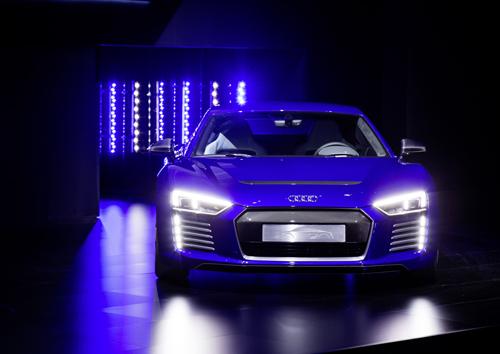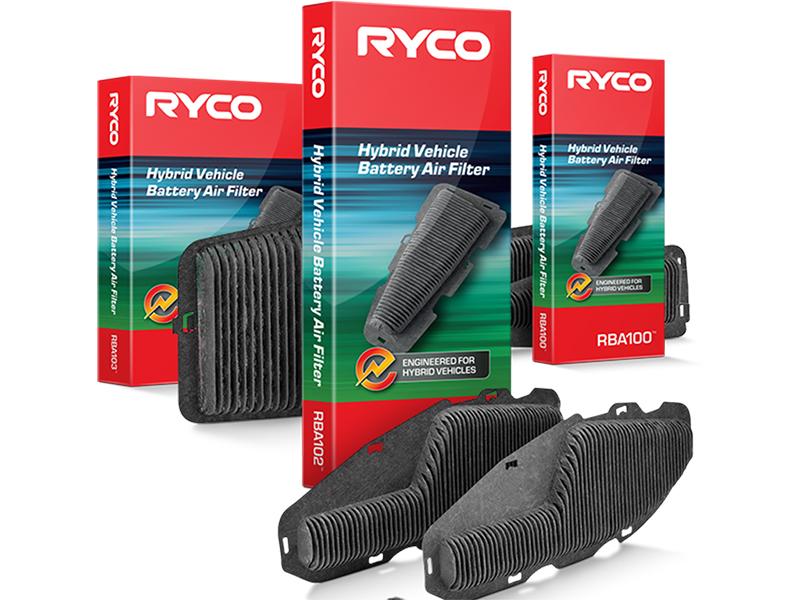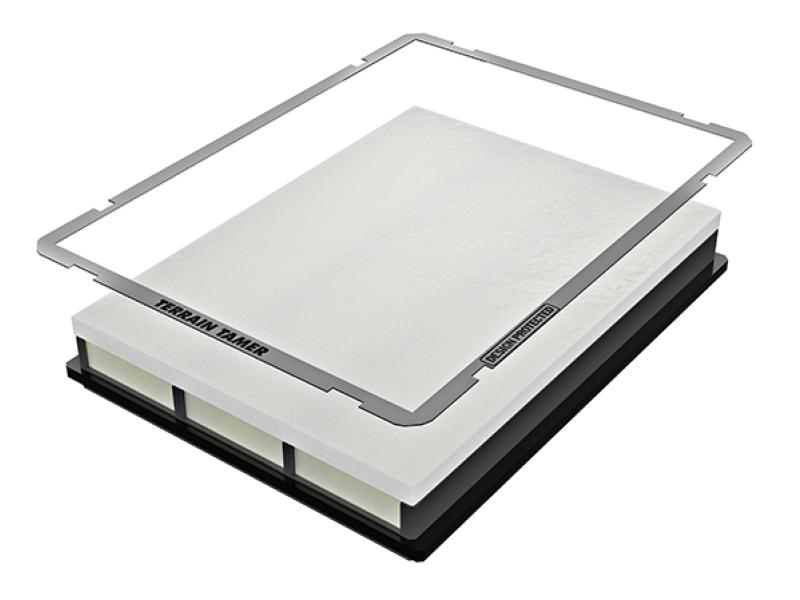A few years ago I wrote about how Audi was about to introduce LED headlights for its top R8 sports car – and this was greeted with almost-incredulity by ”experts”.
Now, just seven years on, LEDs are becoming more and more common in headlights, not just on sports cars, but even on family cars. Why, even some Prius models have them!
So now we move upwards and onwards, and the latest news is that Audi has gone one further in developing (with partners) “intelligent laser light for compact and high-resolution adaptive headlights” (iLaS), in its Matrix Laser technology.
Matrix Laser technology is based on the LaserSpot for high-beam lamps, which Audi first introduced to production in the Audi R8 LMX.
The new technology uses a rapidly moving micro-mirror which redirects the laser beam. At low vehicle speeds, the light is distributed to a larger projection area, and the road is illuminated with a very wide range.
At high speeds, the aperture angle is smaller, and the intensity and range of the light are increased significantly. This is especially advantageous in highway driving. In addition, the light can be distributed precisely. This means that the brightness of different lighting zones can be varied by controlling the illumination dwell times in the specific zones.
Also new is intelligent and lightning-fast activation and deactivation of the laser diodes in relation to the mirror position. This makes the broadening or narrowing of the luminous beam dynamic and highly variable. As with the Matrix LED headlights offered by Audi, the road is always brightly lit without causing glare to other participants in traffic.
The crucial difference is that Matrix Laser technology offers even finer dynamic resolution and therefore a higher degree of utilisation, which leads to greater safety in road traffic.
In the new technology, blue laser diodes from Osram radiate their light, which has a wavelength of 450 nanometers, onto a quickly moving mirror that is 3mm in size. This mirror redirects the blue laser light to a converter, which converts it to white light and projects it onto the road.
The mirror used for this, which comes from Bosch, is a micro-optical system that features electro-mechanical control, and is based on silicon technology. It is very sturdy and exhibits very long life. Such components are also used for accelerometers and control units for electronic stability control.
Audi claims leadership in automotive lighting technology, and cites the following key innovations:
- 2003: Audi A8 with adaptive light
- 2004: Audi A8 W12 with LED daytime running lights
- 2008: Audi R8 with all-LED headlights
- 2010: Audi A8 in which the headlights are networked with the navigation data
- 2012: Audi R8 with dynamic turn signal lights
- 2013: Audi A8 with Matrix LED headlights
- 2014: Audi R8 LMX with LaserSpot for the high-beam lamps
In the framework of the three-year “iLaS” project, Audi is working closely with its partners Bosch, Osram and the Lichttechnischen Institut (LTI; “Lighting Technology Institute”) of the Karlsruhe Institute for Technology (KIT). The project is sponsored by the German Federal Ministry for Education and Research.






